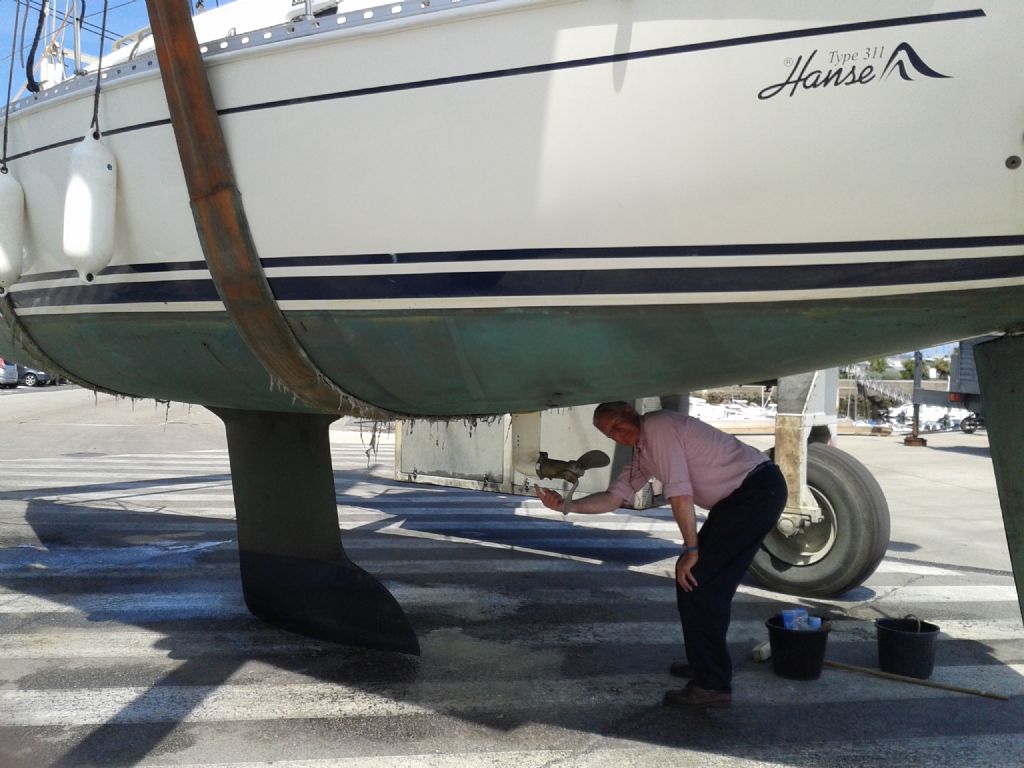A few years ago when I only had a very old Drummond lathe the plastic bushes in the rope cutter on the saildrive on my boat had worn so that the cutters had a large gap & I was concerned that instead of cutting rope it would jam between the blades.
I sent the unit to the manufacturer because the advertised plastic bushes (note the price £ 50-00 a pair) seemed too small. He advised me that the blades were worn & I needed a new cutter.
I could imagine a bloke sitting in his armchair making up the price as it went.
How much?- £ 525-00 inc VAT
Oh dear!!–just cannot afford that
Well order it now & I will do you a special deal at £ 500-00
Sorry I will have to go without as wife will not allow that
Tell you what as you are an existing user & will do it for £ 475-00
At that point I rang off & researched the plastic. For £25-00 I bought enough tufnol whale to make 12 rings. Each pair last a year but I have since found R1000 lasts 2 years. You can see them in my picture & now I have a decent lathe & a jig set up for the face plate they take 15 mins each.
However, I now have decided I really do need a new rope cutter. See 2 pictures I have researched the steel & had a Rockwell test done & it seems they are just made mostly from 6mm * 100 gauge plate. Not even hardened.
I have set up my rotary table with a piece of aluminium as a protector – see picture& have clamped the first cutter to a piece of 3mm steel to make a pattern & as a test. I intend to drill 3mm holes in the roots of all the teeth & log the position on my DRO. Then I will machine the outer circle & then the splay of the cutter edge along the outer edge of the 3mm holes.
After that it is a problem.
I hope to tip the table on edge, like cutting gears, & using a double angled slitting saw I should be able to cut the teeth, just following the holes. The teeth already having been eased by the 3mm holes. They do not have to match exactly – just cut rope etc.
Then mount it on a face plate on the lathe & cut the inner circle which is the important part of the cutter as it runs on the bush or the shaft. The thick central part is a simple turning task.
Is that the way to do it or is there a better way & should I be looking for anything special with the gauge plate to enable easy machining
Any forum advice appreciated
Sorry for the long post
The cutter in pieces

The cutter assembled
Part set on plate

The other blade

Holes drilled in pattern

Edited By Sam Longley 1 on 28/01/2018 19:19:46
Sam Longley 1.














